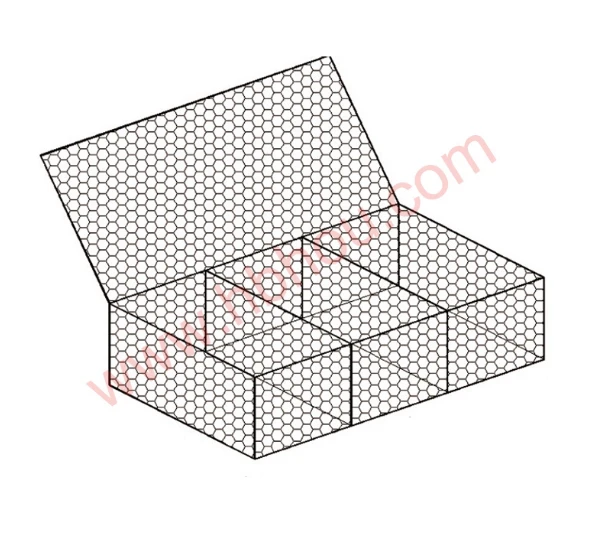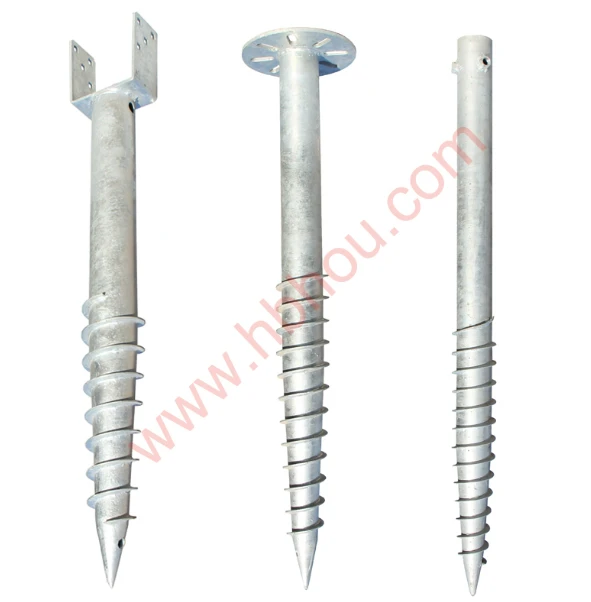Creating Tomato Cages from Cattle Panels A Durable Solution for Your Garden
Gardening enthusiasts understand the importance of supporting plants to ensure healthy growth and bountiful harvests. Among various options for plant support, tomato cages are a popular choice, especially for juicy, sprawling tomato plants. However, traditional tomato cages can be flimsy, often collapsing under the weight of the plants. An innovative and durable alternative is constructing tomato cages from cattle panels. This not only provides sturdy support but also adds a rustic charm to your garden.
What are Cattle Panels?
Cattle panels are heavy-duty wire grids designed for containing livestock, particularly cattle. These panels are typically made from galvanized steel, making them resistant to rust and wear. The grid-like structure features small openings that allow for excellent airflow and light penetration, which are crucial for the healthy growth of tomato plants. Moreover, the durability of cattle panels means they can withstand the weight of heavily laden tomato plants without collapsing.
Creating Your Tomato Cages
Building tomato cages from cattle panels is a straightforward process that requires minimal tools and materials. Here’s a step-by-step guide to creating your own
2. Measure and Cut Start by determining how tall and wide you want your tomato cages to be. Most tomato plants require cages that are at least 4-6 feet tall. Using wire cutters, cut the cattle panel to your desired size. You can create a cylindrical shape by cutting the panel into a rectangle and bending it into a circle.
tomato cages out of cattle panels

3. Shape and Secure Once you’ve formed the shape, secure the ends together using zip ties or wire. Make sure the connections are tight to maintain stability. You can reinforce the structure by weaving additional pieces of wire through the openings.
4. Installation Position the cages around your tomato plants once they are in the ground. Ensure that the cages are buried deeply enough (about 6 to 12 inches) to prevent them from tipping over as the plants grow. This depth will also offer additional support and stability.
5. Filling With the Plants As your tomato plants grow, gently guide the branches through the openings of the cages. This will help keep the plants upright and allow for even sunlight distribution.
Benefits of Using Cattle Panels
One of the primary benefits of using cattle panels for tomato cages is their longevity. Unlike traditional wooden or flimsy wire cages that may deteriorate after a few seasons, cattle panels can last for many years, making them a wise investment for avid gardeners. They also provide ample space for vine growth and are easy to reposition or remove as needed.
Furthermore, cattle panels are often readily available at local farms or agricultural supply stores, making them a practical choice. Their sturdy structure ensures that your tomato plants thrive without the worry of support failure.
In conclusion, constructing tomato cages from cattle panels offers a robust and sustainable solution for supporting your plants. Not only do they enhance the structural integrity of your garden, but they also elevate the overall aesthetics, creating a charming, farmhouse-inspired gardening experience. So, gather your materials and get ready to give your tomatoes the support they need to flourish!
















